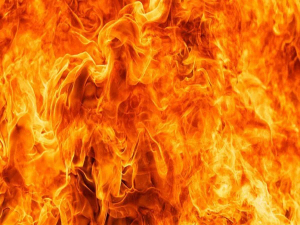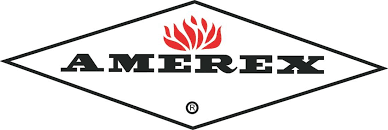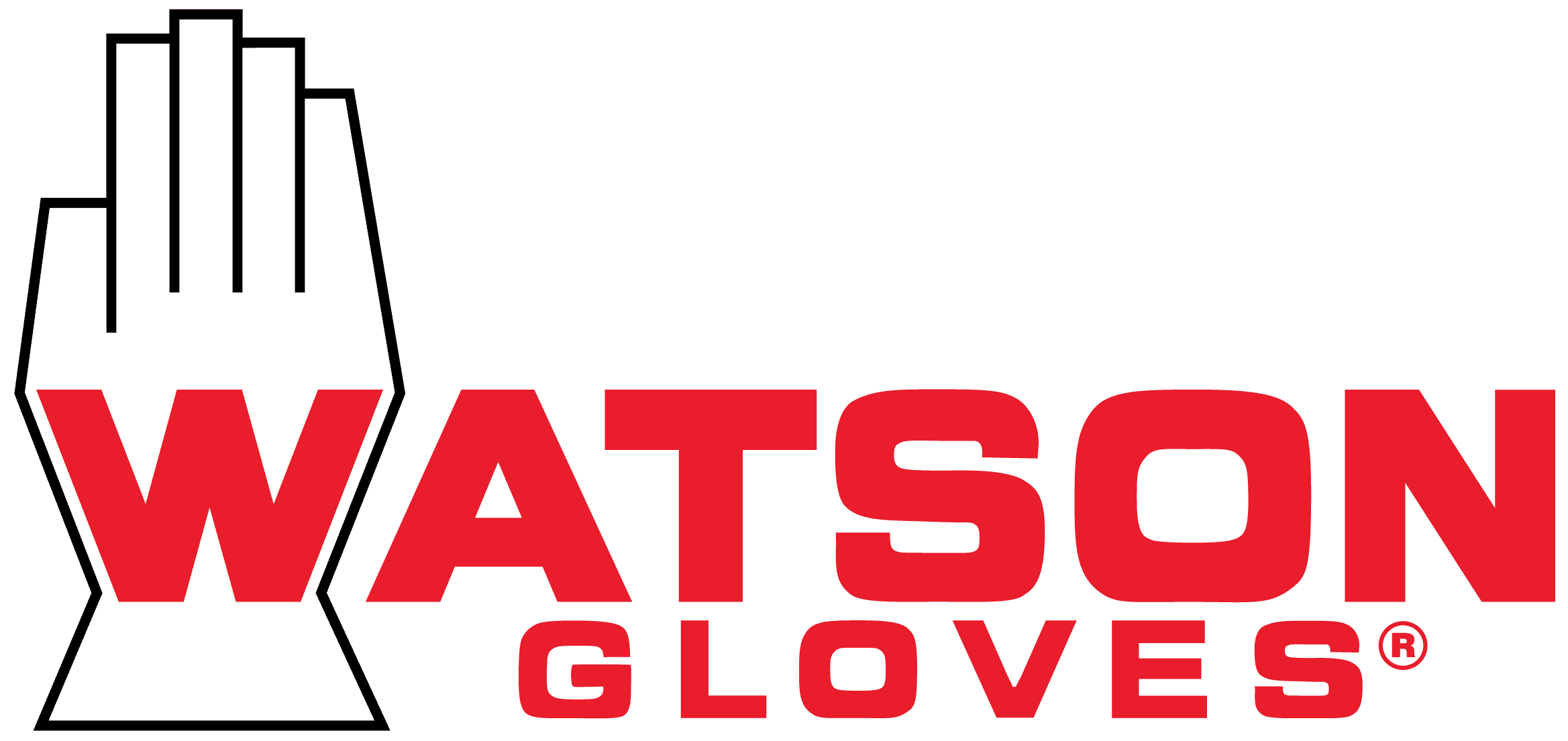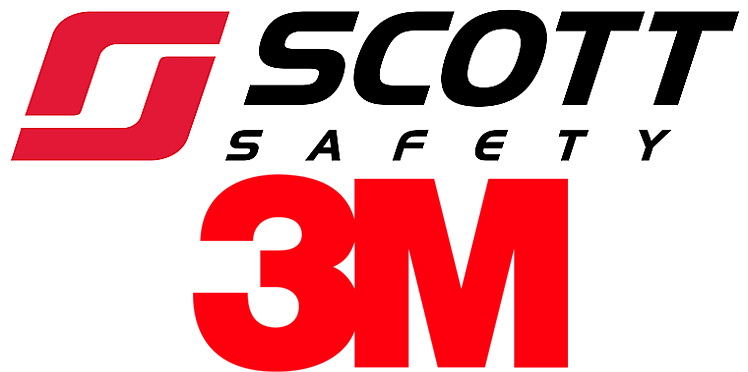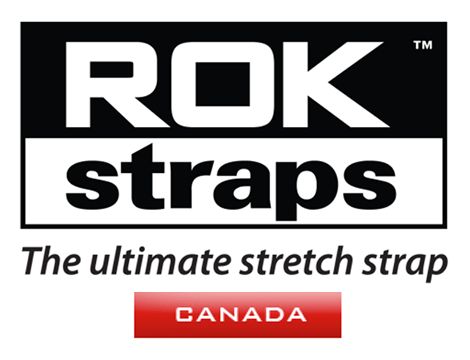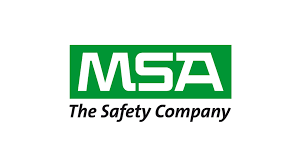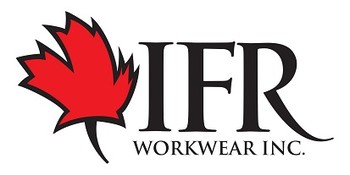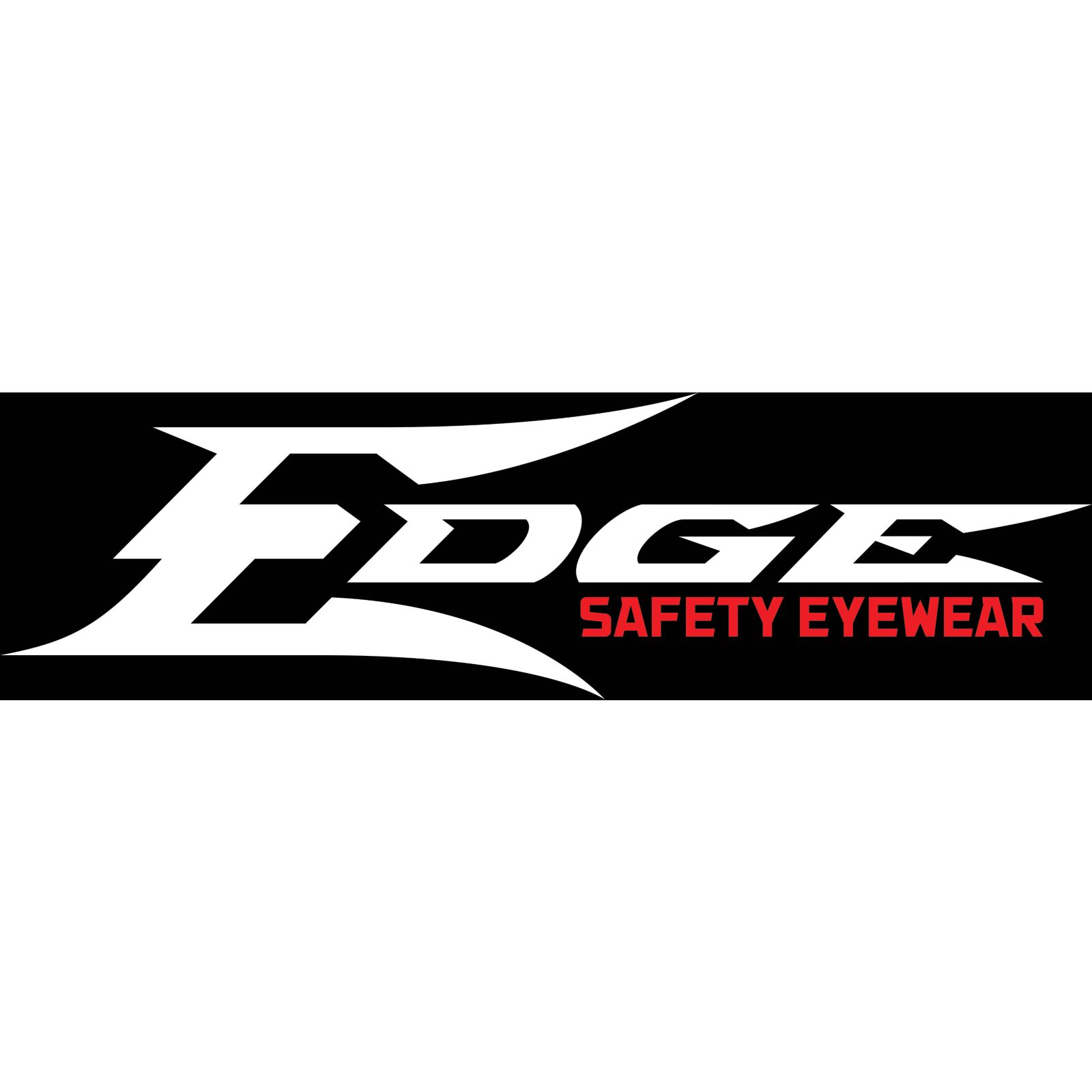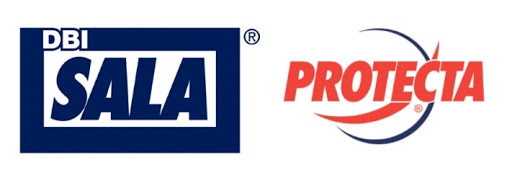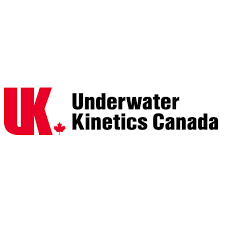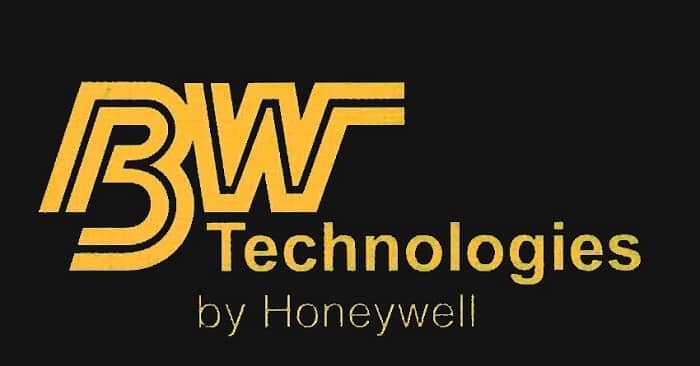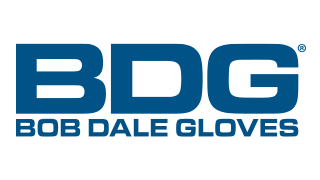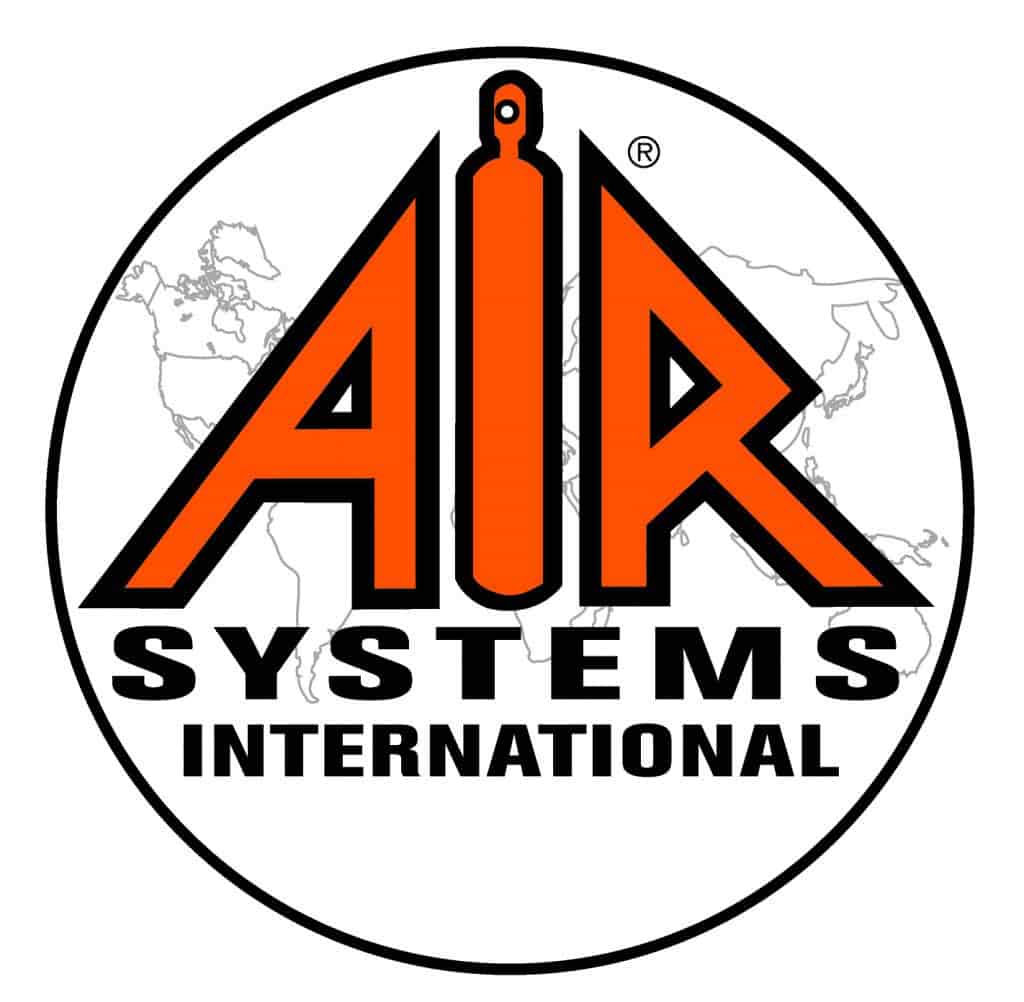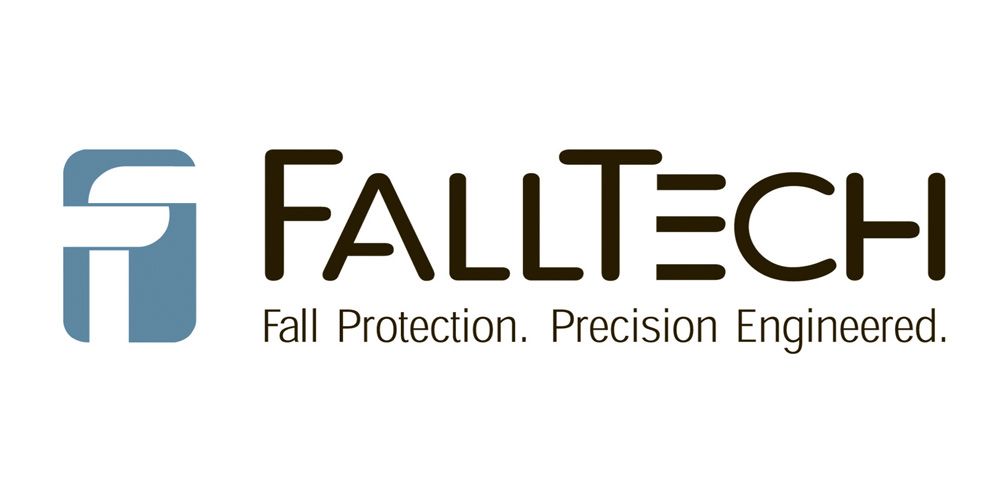Think for a moment what happens when a fire breaks out. What kind of fire is it and what type of extinguisher do I need for this fire? Where is the closest fire extinguisher? Is it where it belongs? When was it serviced last? Ordinarily, people never think twice about fire extinguishers until a fire is burning. It’s too late to be asking these questions when the smoke starts to billow.
There is a large variety to select from, with many considerations to account for when deciding which extinguisher to choose for your site. Our experts will assist you to select the best options available for your Fire Extinguisher needs. We have a variety of sizes from hand held portable to wheeled fire extinguishers with a variety of fire suppressants.
It doesn’t matter what type of business you manage, fire extinguishers are necessary to include as part of your standard safety equipment. Extinguishers are not intended to tackle large fires however they can buy you valuable time and assist you to escape during a fire emergency.
When properly trained to use a fire extinguisher, they can be used to put out small, manageable fires. There must be no risk to the user and a clear exit route must be accessible.
Fire safety isn’t always straight forward, as there are many types and sizes of extinguisher to choose from.
1. Do you have the right training?
Fire extinguishers should only be used by trained and capable employees, often designated as fire marshals. Fire marshals should assess each situation, only tackling a fire if they feel safe to do so.
The following P.A.S.S. technique should be followed:
- Pull the pin from the top of the extinguisher to activate it
- Aim the extinguisher at the base of the fire to fight it
- Squeeze the handle slowly – if you do it too quickly, the shock and speed of diffusion could cause your hand to freeze to the tube
- Sweep from side to side at the base of the fire
2. Have you got the correct extinguishers for your site?
There are eight different types of extinguishers, each designed to put out a different type of fire:
- Water
- Water Mist
- Water Spray
- Foam
- Dry Powder – Standard
- Dry Powder – Specialist
- Carbon Dioxide (CO2)
- Wet Chemical
There are six classes of fire: Class A, Class B, Class C, Class D, Electrical and Class F:
- Class A fires – combustible materials: caused by flammable solids, such as wood, paper and fabric
- Class B fires – flammable liquids: such as petrol, turpentine or paint
- Class C fires – flammable gases: like hydrogen, butane or methane
- Class D fires – combustible metals: chemicals such as magnesium, aluminum or potassium
- Electrical fires – electrical equipment: once the electrical item is removed, the fire changes class
- Class F fires – cooking oils: typically a chip pan fire
There is no single extinguisher type that works on all classes of fire, so it’s essential you have the right types of fire extinguishers for possible incidents on your premises.
3. Are your fire extinguishers properly maintained?
It’s important you have fire extinguishers serviced on an annual basis or disposable extinguishers replaced annually. Monthly visual checks should be conducted to ensure a fire extinguisher:
- Is correctly located
- Is accessible
- Is fully charged
- Has both the pin and seal in place
- Has no visible damage
- Has a nozzle that’s free from blockages
4. Are your extinguishers recharged and ready for next time?
Whether a small amount has been accidentally discharged or actively used to fight a small fire, always top up your fire extinguisher so it’s ready for future use.
